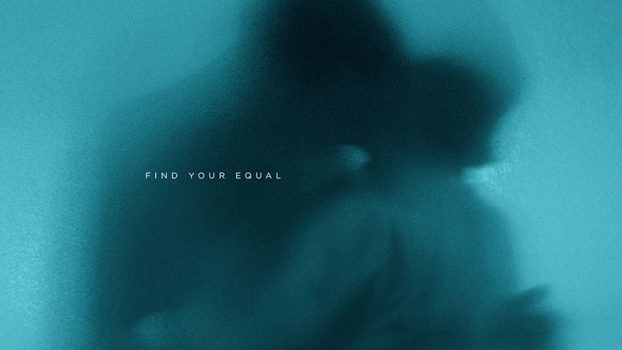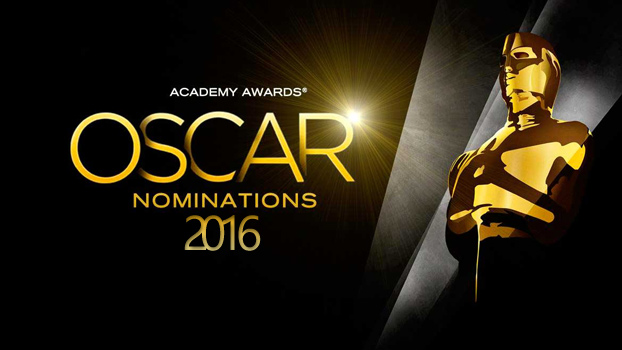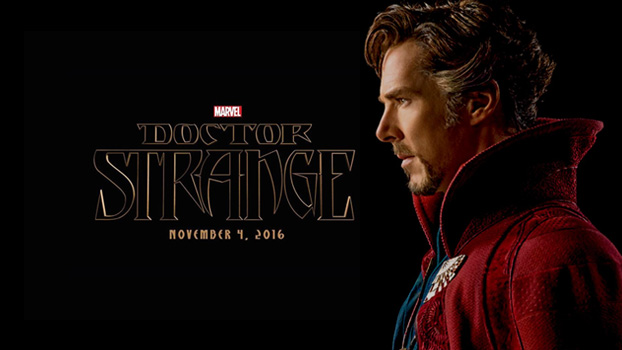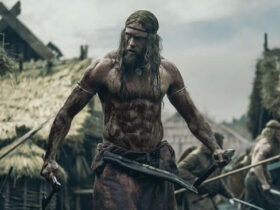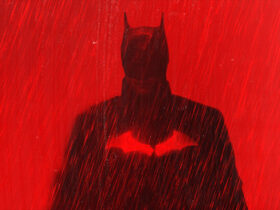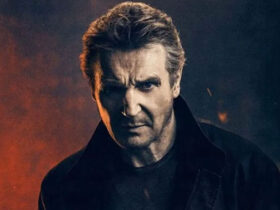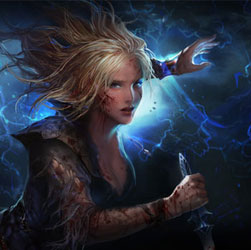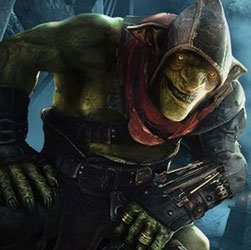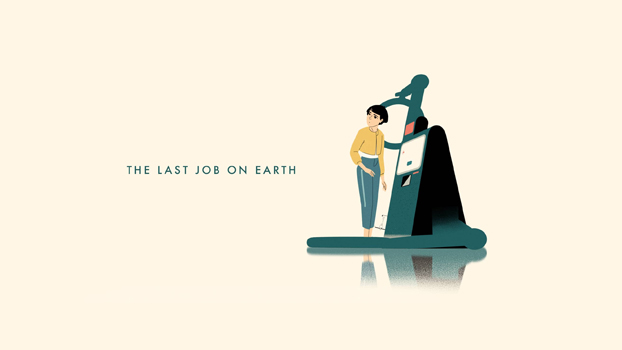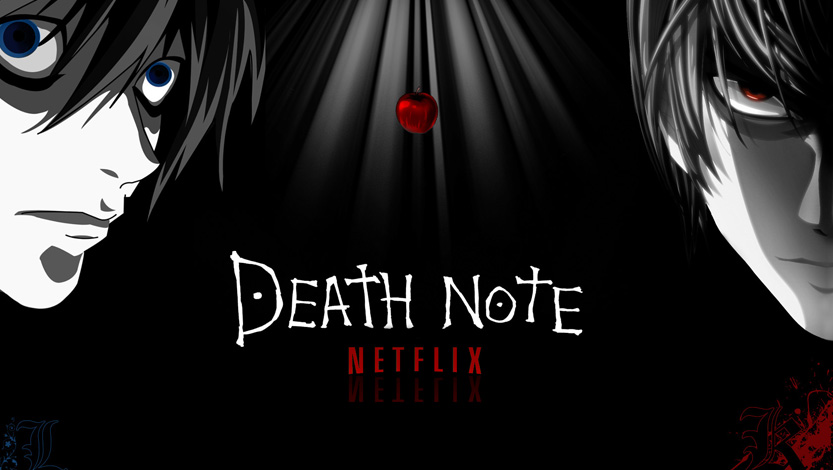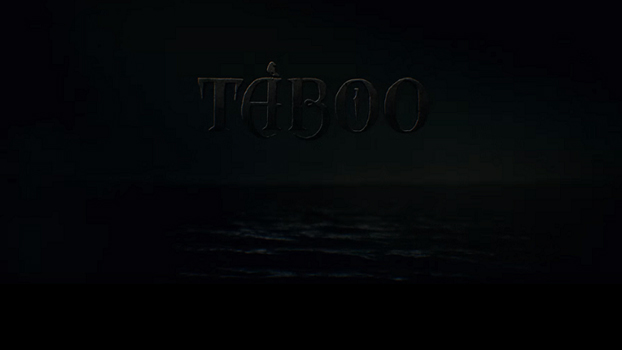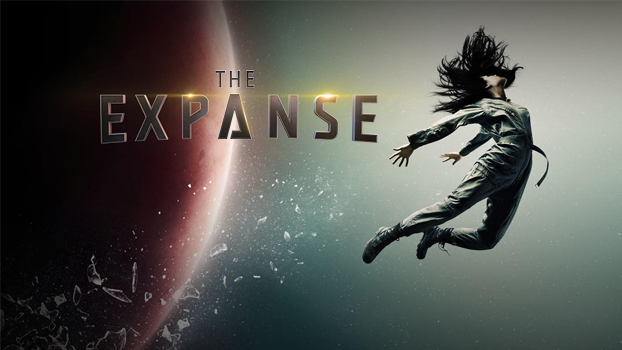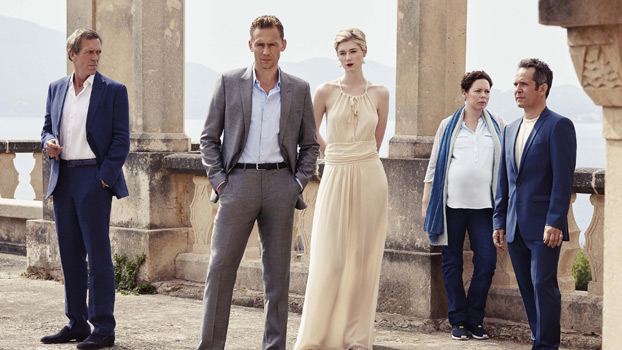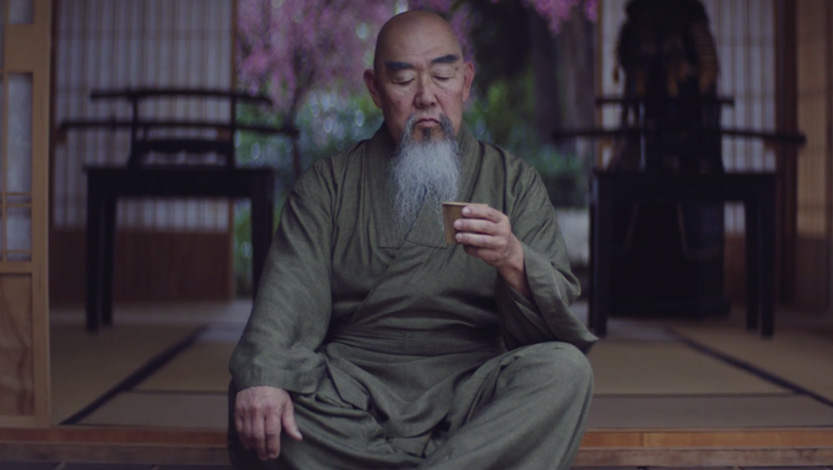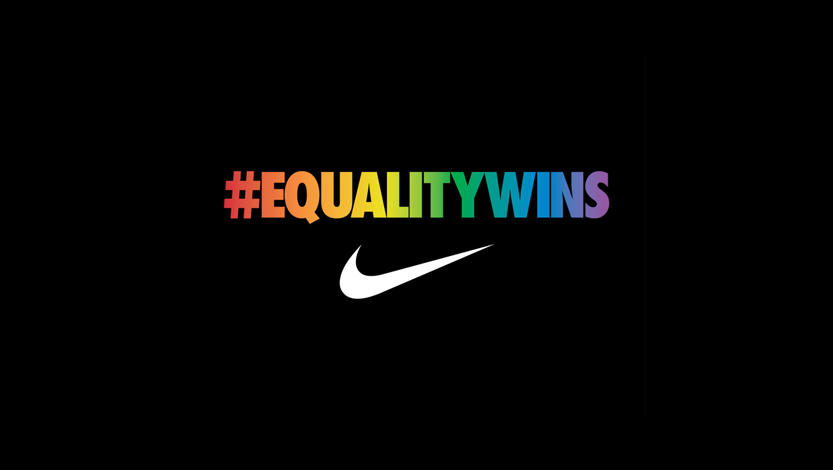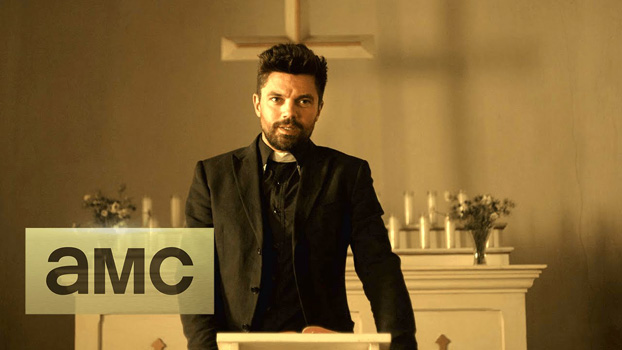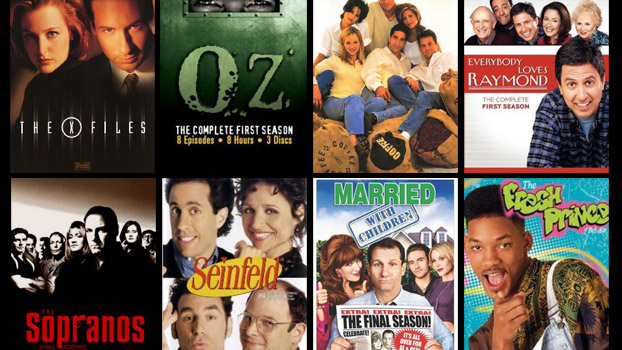
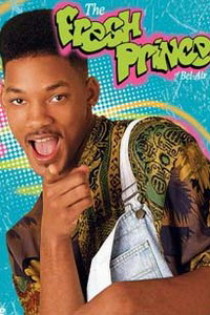 The Fresh Prince of Bel-Air
The Fresh Prince of Bel-Air
Years: 1990-1996
Most beloved opening theme song of the 1990s? Could very well be, judging from the response this one will get at literally any bar karaoke night—seriously, try it the next time you’re out on the town. Looking at this series in the context of 1990, it’s funny to think that Will Smith was already sort of viewed as a “has-been” in his music career, a guy desperately trying to stay relevant by joining a sitcom. Of course, he ultimately had the last laugh as the fish-out-of-water story of Fresh Prince became popular immediately and survives in syndication to this day. Smith went on to become Hollywood elite, and the rest of the country learned to dance The Carlton. Everyone wins.
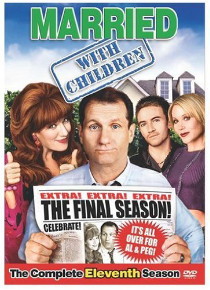 Married…with Children
Married…with Children
Years: 1987-1997
Each era has its “low-brow classic” show, and for the late ’80s and most of the ’90s, that show was Married…with Children. Unlike Ed O’Neil’s current stint on Modern Family, there’s really no wit or morals to be had here, just a crass commentary on the state of the lower-class American family in the early ’90s. Al Bundy is a simple man, and he has few redeeming characteristics: He’s cheap, he’s a loser, he’s a depressed would-be philanderer, but damn if people couldn’t identify with the sad sack and his quest to simply put meals on the table with enough money left over for beer. It’s the kind of show that received heaping amounts of scorn from the literati for its entire run but is remembered today with fondness by just about anyone who wanted to kill a half hour on a Sunday night with a few harmless laughs.
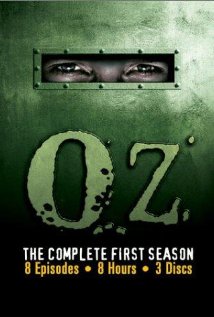 Oz
Oz
Years: 1997-2003
Certainly a “water cooler show” if there ever was one, Oz made waves with its violence and sexual content early on and its equally deep and disturbing storytelling once people got over the fact that it was set in a maximum security prison. It’s probably safe to say that there’s an entire subset of former viewers out there who think of every prison and prison caricature in terms of what they saw on Oz, from the racial gangs to the unpredictable violence and stress of daily living. A truly ensemble cast was one of the selling points for the large and ambitious HBO series, which showed that an adult-content drama could still turn great ratings. The fact that it was on a premium network was essential, allowing a much deeper (and more realistic) depiction of the horrors of incarceration in the United States.
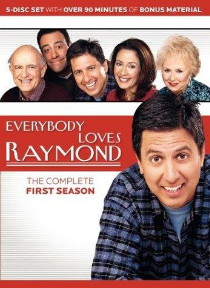 Everybody Loves Raymond
Everybody Loves Raymond
Years: 1996-2005
Everybody Loves Raymond was the quintessential “family/marriage sitcom” of its decade, never genre-bending but generally solid, always dependable. The insecurities of its characters were certainly relatable, from Ray’s struggles to assert himself in any facet of his life to the general concerns of age and sexual inadequacy. Between them, Ray and Debra seemed like people who could easily be living across the street from you, which was the whole idea. Of course, the characters of Ray’s parents and his brother Robert were just as important if not more so at times—look no further than the show’s Emmy history, where Doris Roberts and Brad Garrett led the series in wins. If Ray is the gravitational center of the show, Garrett is the heart and Roberts is the verve.
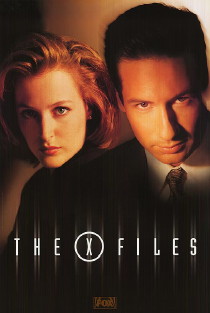 The X-Files
The X-Files
Years: 1993-2002
Few series projected a sense of mystery as well as The X-Files, which had fans literally begging for any scrap of information on where its central story was going for most of its run. The flipside is, of course, that it could be frustrating at times, whether it was because of the central story or a weak “monster of the weak” entry. Individual episodes, though, remain both masterpieces and cultural touchstones of science fiction, whether it’s the disturbing familial story “Home” or the black-and-white Frankenstein narrative “The Post-Modern Prometheus,” both of which prove the show’s range in terms of the stories it chose to tell each week. No discussion of science fiction or horror on TV in the ’90s can be held without devoting a large chunk to The X-Files.
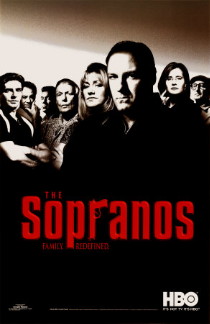 The Sopranos
The Sopranos
Years: 1999-2007
Yes, The Sopranos is undeniably a 2000s show, but you can’t ignore the impact of its monumental first season on American TV culture. It establishes everything about the series that reeled people in immediately, most notably the complexities of Tony Soprano’s day-to-day life. Here’s a character who we are able to see in so many different arenas—as a calculating mobster, a family man trying to hide his work from his children, and a vulnerable psychiatric patient angrily trying to figure things out with his shrink. There’s so much for him to overcome that you immediately begin to understand his panic attacks—this dude is dealing with potentially psychotic family members attempting to rub him out and supplant his position within the crime organization, all while attempting to remain a decent father and husband. Most of TV’s great characters since The Sopranos have been influenced more than a little by James Gandolfini’s defining portrayal.
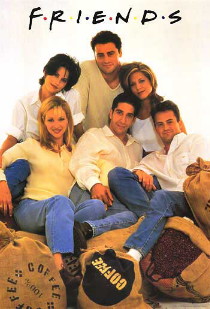 Friends
Friends
Years: 1994-2004
In terms of pure marketability, Friends was a juggernaut. Everyone watched Friends. Parents watched alongside kids. Its mass appeal is summed up by its incredibly general title alone—I mean really, “Friends”? Its success may be the ultimate reminder that truly populist sitcoms are all about the characters and not necessarily the storylines. Friends simply had the best-defined characters: Nebbish Ross, prickly Chandler, air-headed Joey, domineering Monica, bubbly Phoebe and “I’m very attractive” Rachel. The writing was just clever enough to let a talented bunch of actors grow into their roles and become archetypes that have been echoed in dozens of sitcoms in the decade since the show’s finale. The reach of Friends extends to every end of pop culture, even fashion. Case in point: “the Rachel” hairstyle, which became the decade’s defining ’do. That is the definition of influence.
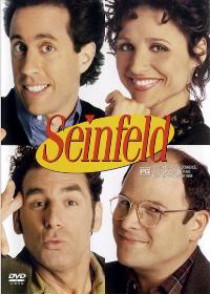 Seinfeld
Seinfeld
Years: 1989-1998
On any given weekday, the likelihood is high that I watch a Seinfeld rerun that I’ve seen at least 20 times before, and I’m not alone in that habit. The fact that the show has been in continual reruns and syndication since its 76-million viewer finale proves how beloved it remains to this day: Seinfeld is still making money for networks 16 years after it ended. Its grasp on pop culture minutia was on another level entirely, as was its distaste for typical sitcom conventions. Long-term relationships and love triangles were practically non-existent on Seinfeld. Never did characters offer sappy apologies to each other. Never did they even learn from their mistakes! Larry David and company were instead committed to telling stories of everyday, casual misanthropy from people who viewed themselves as “generally decent” or average, but were in reality pretty terrible individuals. Without even going into depth about the show’s transformative effect on the cultural lexicon, known as “Seinlanguage,” it’s easy to see how Seinfeld uniquely stood out from every one of its peers.


